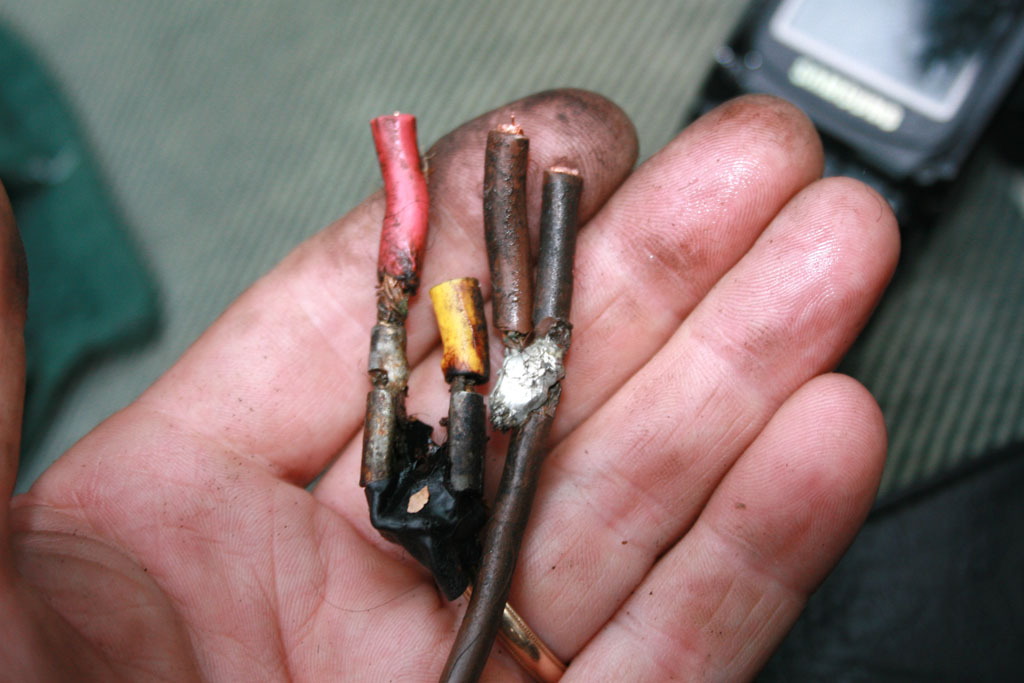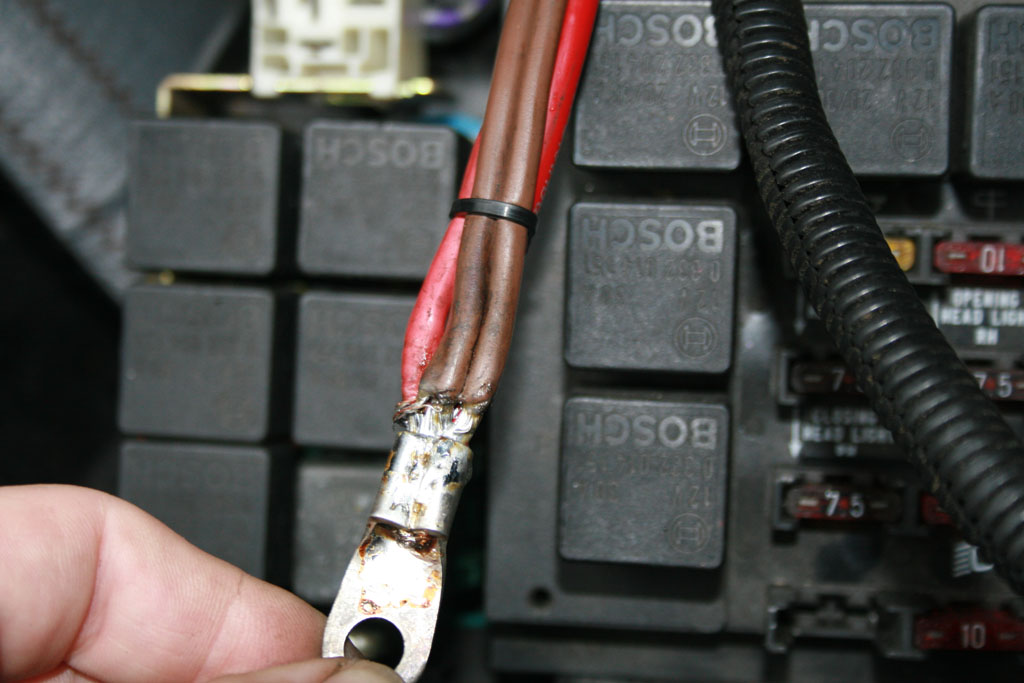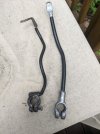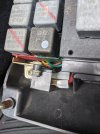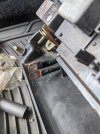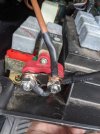Fiataccompli
Chris Granju
this may be a very dumb question, but I was having trouble finding a clear visual or description on what the factory entry point for the + lead into the fuse panel, brown wire, etc junction actually is. My car has 3 wires (2 from battery & brown wire to I presume ignition) joined with a wire nut. Remarkably, this works and has not been a problem source yet as I've been sorting things out little by little...but it's time to clean it up. At the very least (or temporarily), it will be soldered and heat shrinked. Would a power distribution lug of some sort be better? I'm guessing this is also where I need to pick up the feed for relaying the low beams (can't say I know where the + for the factory relayed high beams is sourced). Guess I'd like to know what others have done with success for this. Clearly the wire but thing was effective enough for whatever issue the PO was having, but it's a little too much for me to leave as is! Thanks in advance.
Chris G
85 x19
Chris G
85 x19

